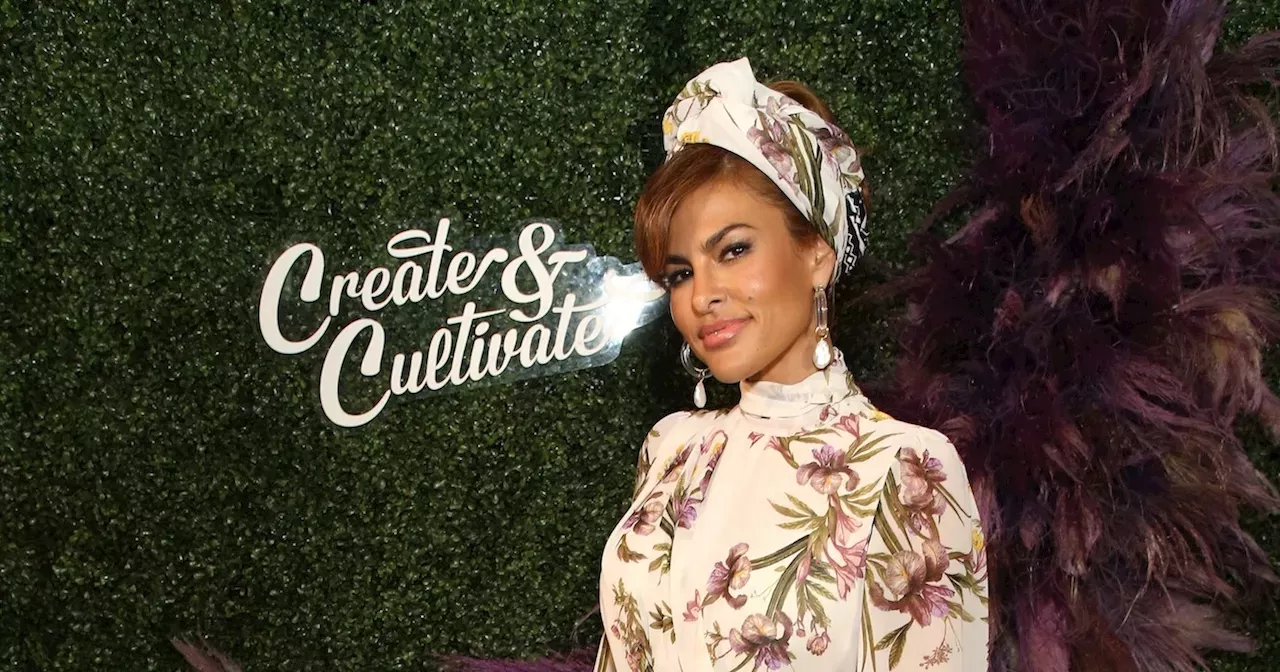Listen to Story In the intricate tapestry of art and heritage, curators serve not just as guardians of cultural legacies but as vital conduits between past and future generations. Their role in shaping how societies understand and value their cultural heritage is pivotal, particularly at a time when the rapid pace of modern life threatens to sever ties with historical roots. This is where the practice of mentorship becomes critical, ensuring that the rich traditions of curation are passed down and adapted by new generations.
Mentorship in art curation is a rich, reciprocal exchange that benefits both the mentor and the mentee. It's a relationship that promotes innovation, critical thinking, and professional development, ultimately enriching the cultural landscape. "Mentorship in the art world extends beyond the traditional passing of knowledge - it is a crucial engagement that cultivates a deeper understanding and appreciation of cultural heritage," explains Dr Masooma Rizvi, Art Curator & MD, Belita Design Solutions Private Limited, a seasoned curator known for her extensive work of integrating art into public spaces.

"Through mentorship, we give emerging curators the tools they need to preserve and revitalise our cultural narratives. It involves a meticulous process where experienced curators guide the novices through complex projects, helping them see not just the beauty of art, but its power to reflect and shape societal values." This foundational training starts with rigorous academic coursework in art history and cultural studies, supplemented by practical experience that includes internships and hands-on projects.
These stages are crucial for aspiring curators to gain a nuanced understanding of the art world's currents and undercurrents. Internships are particularly pivotal, offering a real-world glimpse into the curatorial profession where mentees can learn alongside established professionals. This hands-on experience is essential for understanding the operational challenges of curatorial work, including exhibition design, art handling, and audience engagement.
"Internships provide emerging curators with a sandbox in which to apply their academic knowledge in real-world settings, allowing them to engage directly with art and audiences," Dr Rizvi elaborates. As the art world evolves, so too does the role of the curator. Today, digital technology plays a significant role in how art is curated and experienced.
Virtual exhibitions, digital archives, and interactive installations have transformed traditional curatorial practices, necessitating new skills and approaches. "The integration of digital technology in the art world has not just expanded the curator's toolkit, it has revolutionised the way we connect with audiences," says Dr Rizvi. Digital platforms and virtual reality experiences are breaking down geographical and socio-economic barriers to art consumption, enabling curators to reach a global audience and tell more inclusive stories.
These technological advancements enhance the societal value of art and heritage by making it more accessible and relatable to broader audiences. Curators play a crucial role in this, deciding how art is presented to the public and interpreting its significance to various audiences. Looking ahead, the future of art curation is likely to involve a blend of tradition and innovation.
As digital technologies continue to emerge and societal attitudes towards art and heritage evolve, curators will need to be adaptable, thoughtful, and visionary. "Curators are, in many ways, the future custodians of our cultural identity," Dr Rizvi concludes. "Mentorship not only preserves the rich traditions of the past but also inspires innovative approaches that keep art and heritage relevant for future generations.
" Ultimately, the practice of mentorship in art curation is about building bridges - between generations, between past and future, and between art and its audiences. It ensures that the vibrancy of cultural life continues and that the legacy of art and culture is not only preserved but also evolves to meet the needs and expectations of modern audiences. Through their work, curators maintain the vibrancy of art as a reflection of human experience, bridging the past with the present and paving the way for a thoughtful, inclusive future.
.



















